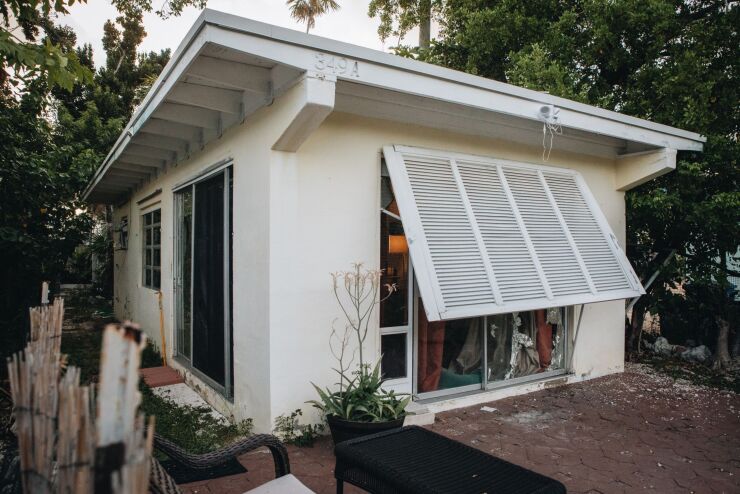Climate change's impact on the insurance bottom line manifests in a couple major ways. First are storms and flooding. Evidence suggests that effects from
Experts from the Verisk's "2022 Hurricane and Wildfires Panel" held on June 13, 2022 seem to agree – the increases in hurricane activity and intensity do raise concerns, and the aftermath of such tropical storms are just as significant.
The year of 2021 "was another above average year in a string of above average years," says Dr. Jeffrey Strong, Scientist at Verisk Extreme Event Solutions. "It was actually the sixth year in a row that we had an above average season, as defined by the 30-year running [average] of climate normals. Last year we had 21 named storms and seven hurricanes – two of which hit landfall."
According to Strong, we are expected to enter into a La Niña state this upcoming season – a state in which the tropical Pacific will be cooler than normal, leading to reduced wind shear in the Atlantic and thus, potential for stronger tropical cyclones.
"We've been warming the planet [and] the atmosphere of the oceans since the mid- 1800s," notes Dr. Peter Sousounis, Vice President and Director of Climate Change Research at Verisk Extreme Event Solutions. Sousounis also predicts that La Niña weather conditions are cause for concern.
"We have high confidence that the strongest storms will get stronger and it will likely be at least a higher proportion, if not a higher frequency of those strong storms. I'm talking about category fours and fives, the ones that can do considerable damage," states Sousounis.
In the U.S.,
Florida's exposure to major catastrophe events has provided an opening for fraud and abuse that drives costs up further, creating a contagion that has led to some carriers going bankrupt and raising the average premium. According to the Insurance Information Institute (Triple-I), a Florida homeowner's annual premium will average at $4,231 in 2022 – a number
"Unfortunately, when these events hit, you will have bad actors convene on these sites and take advantage of individuals who are obviously in a distraught condition," Carlos Martins, Senior Vice President of Verisk Claims Solutions says. "You'll have unscrupulous contractors come into a damaged area and they will wait it out – wait for the adjusters to leave, and hope that insurers don't have the right tools and the right anti-fraud analytics to understand what is happening on the account and then look to perpetuate fraud."
Hurricane Ida, a category four hurricane, first hit landfall in 2021 in Louisiana. There, it kicked off a Florida-style contagion of its own.
"Ida wasn't just an impactful event for Louisiana. It had far reaching impacts, most notably the inundation of inland flooding in the Northeast United States – causing widespread flooding across Pennsylvania, New Jersey, New York and Southern New England," says Strong. "For that respect, it was one of the more notable events from a string of years of a very active hurricane season."






